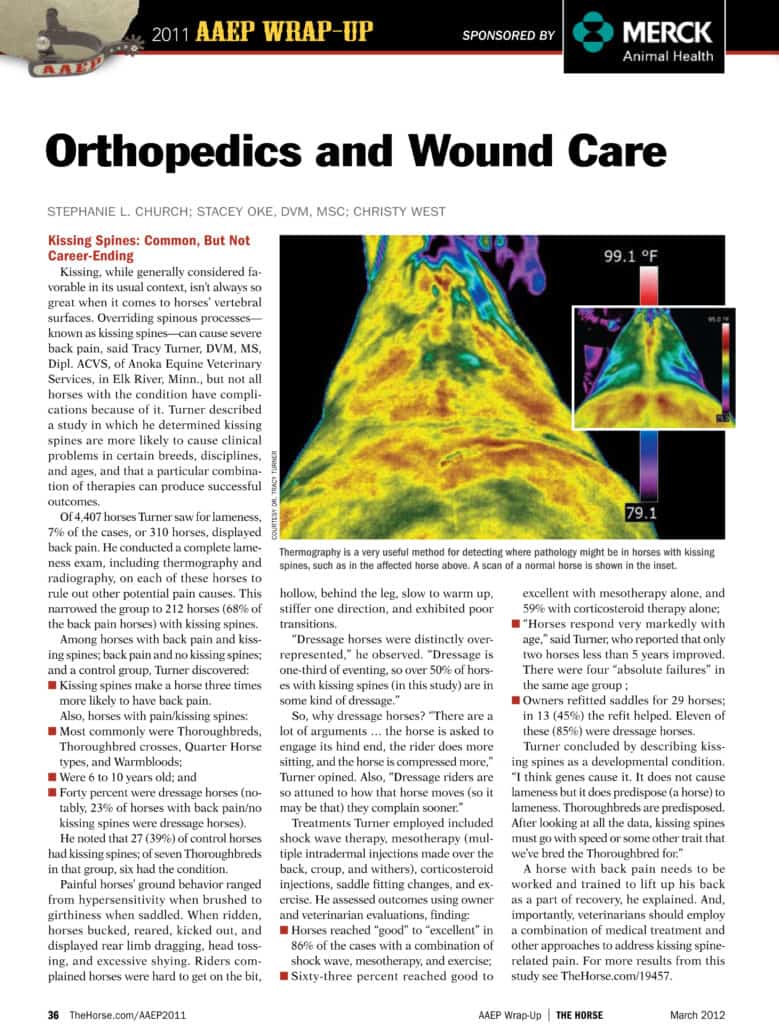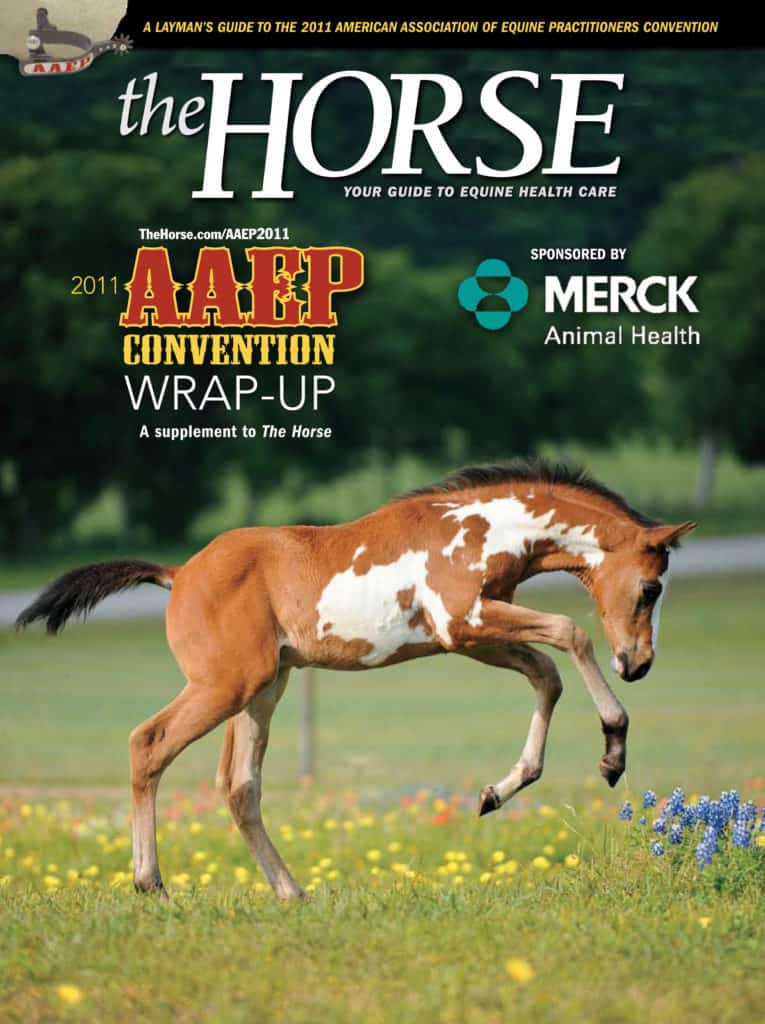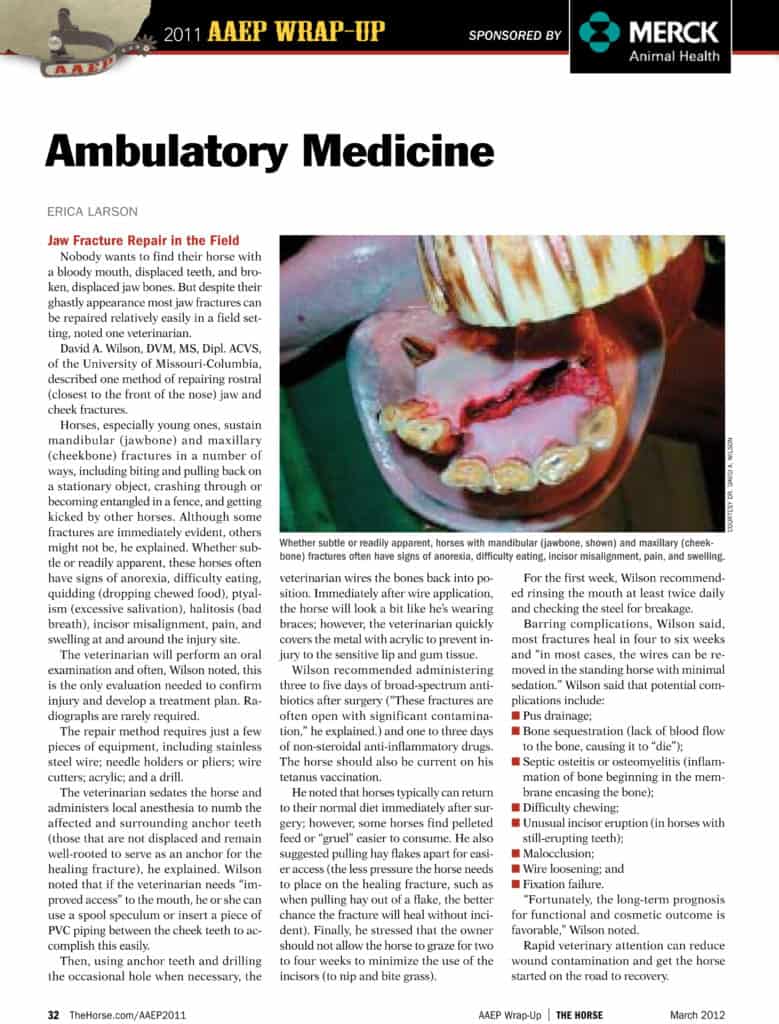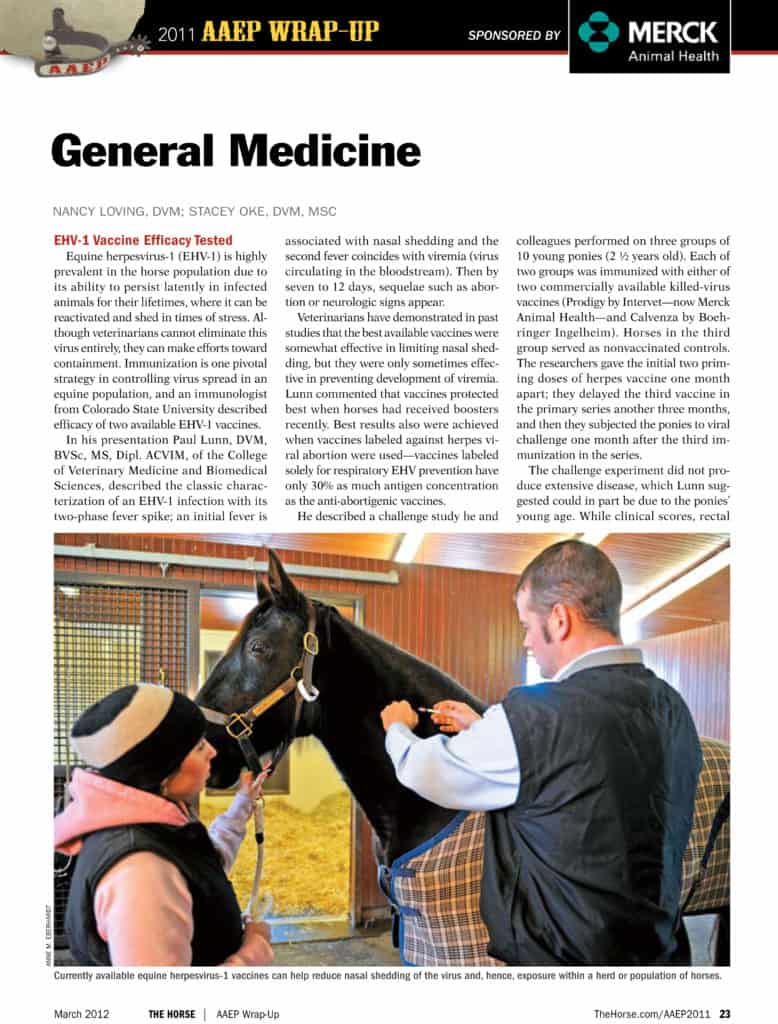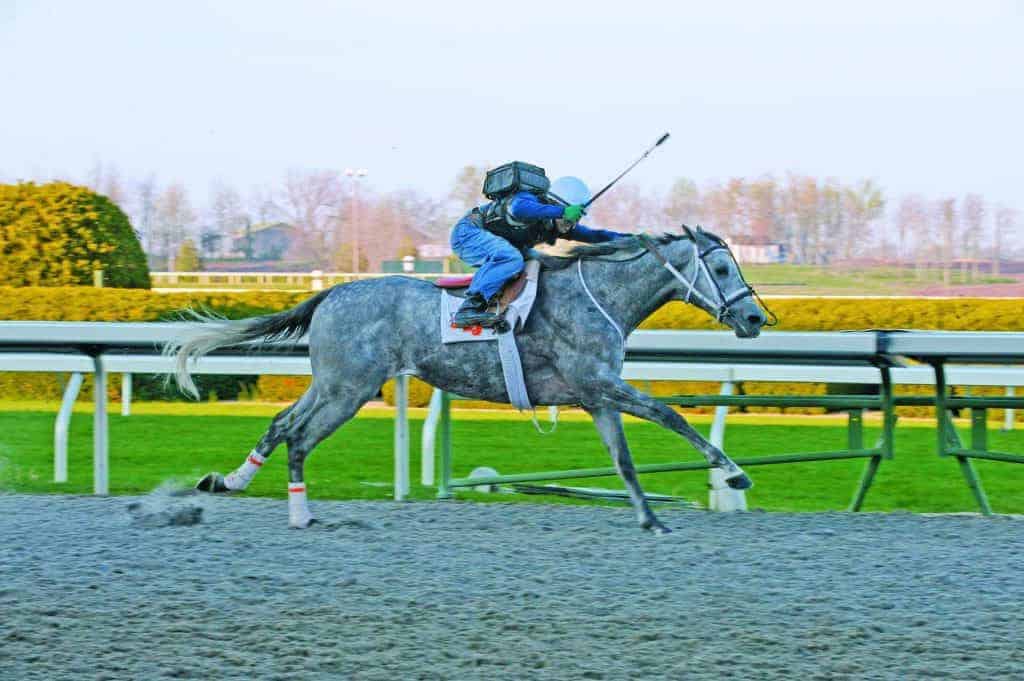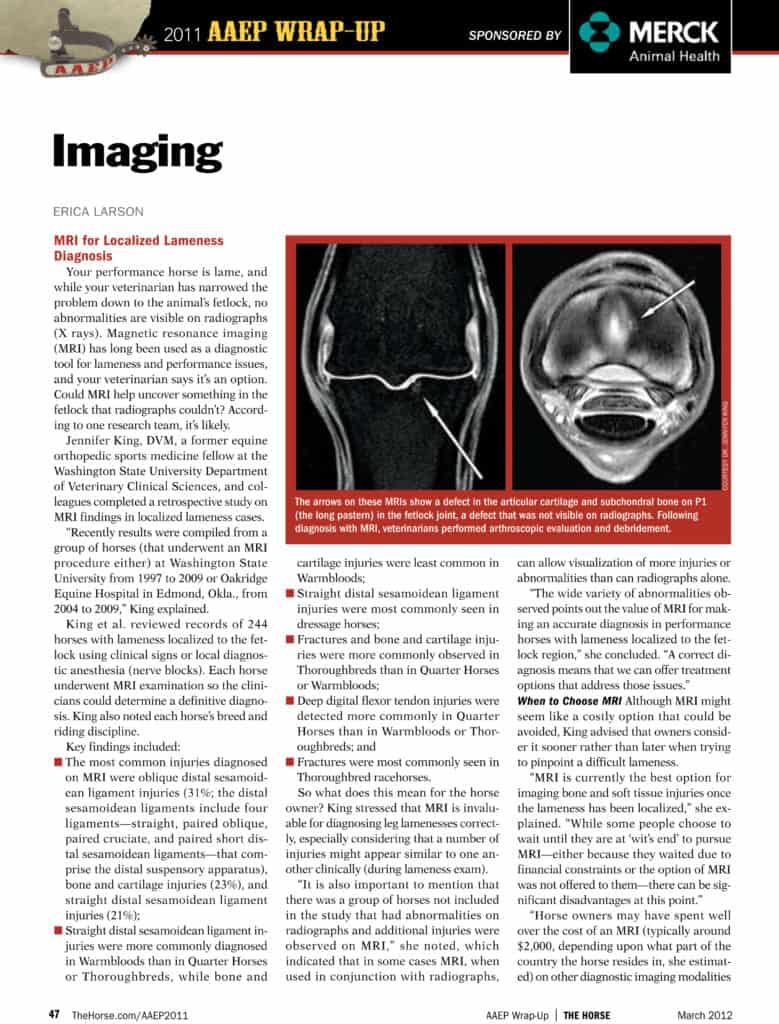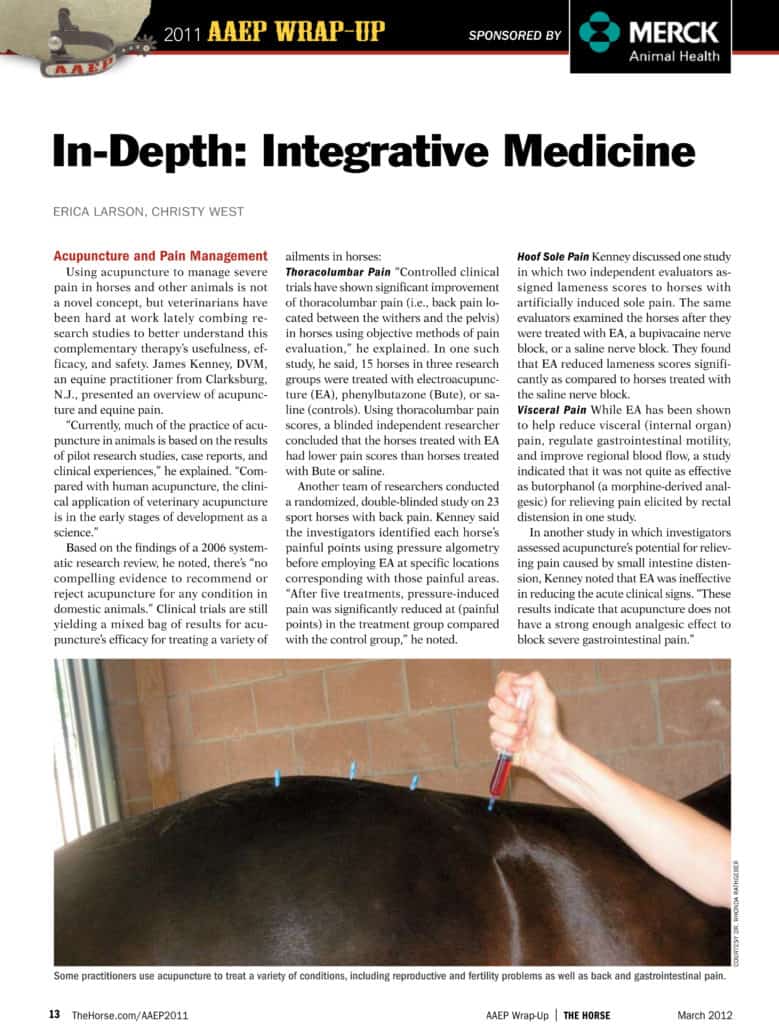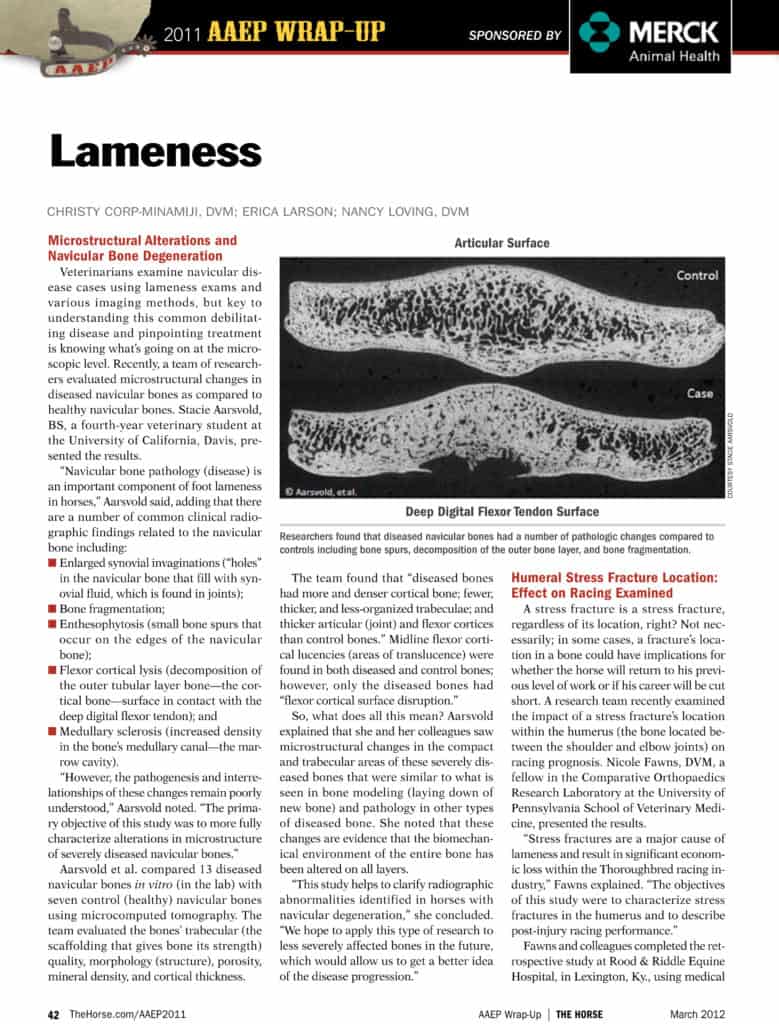
In-Depth: Respiratory Topics (AAEP Convention 2011)
Equine respiratory topics including evaluating the upper respiratory tract and treating its ailments and managing inflammatory airway disease in horses is included in the Respiratory section of the 2011 AAEP Convention held in San Antonio, Texas.


